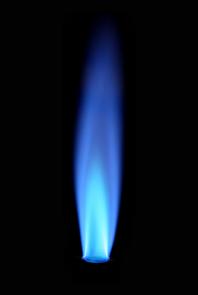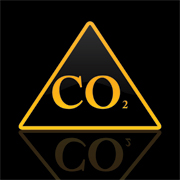 Here are a Number of Natural Gas Safety Tips
Here are a Number of Natural Gas Safety Tips
Natural gas is a clean, efficient and reliable source of energy for your home, but like any other fuel, it should not be taken for granted. It’s important to take natural gas safety seriously. Continue reading “Use Natural Gas In Your Home? Here’s How To Stay Safe”

 Clean Air is an Important to Your Home’s Overall Environmental Health
Clean Air is an Important to Your Home’s Overall Environmental Health An Attached Garage is Convenient, But Also Filled With Potential Pollutants
An Attached Garage is Convenient, But Also Filled With Potential Pollutants Deadly Gas is Undetectable Without a CO2 Detector in Your Home
Deadly Gas is Undetectable Without a CO2 Detector in Your Home